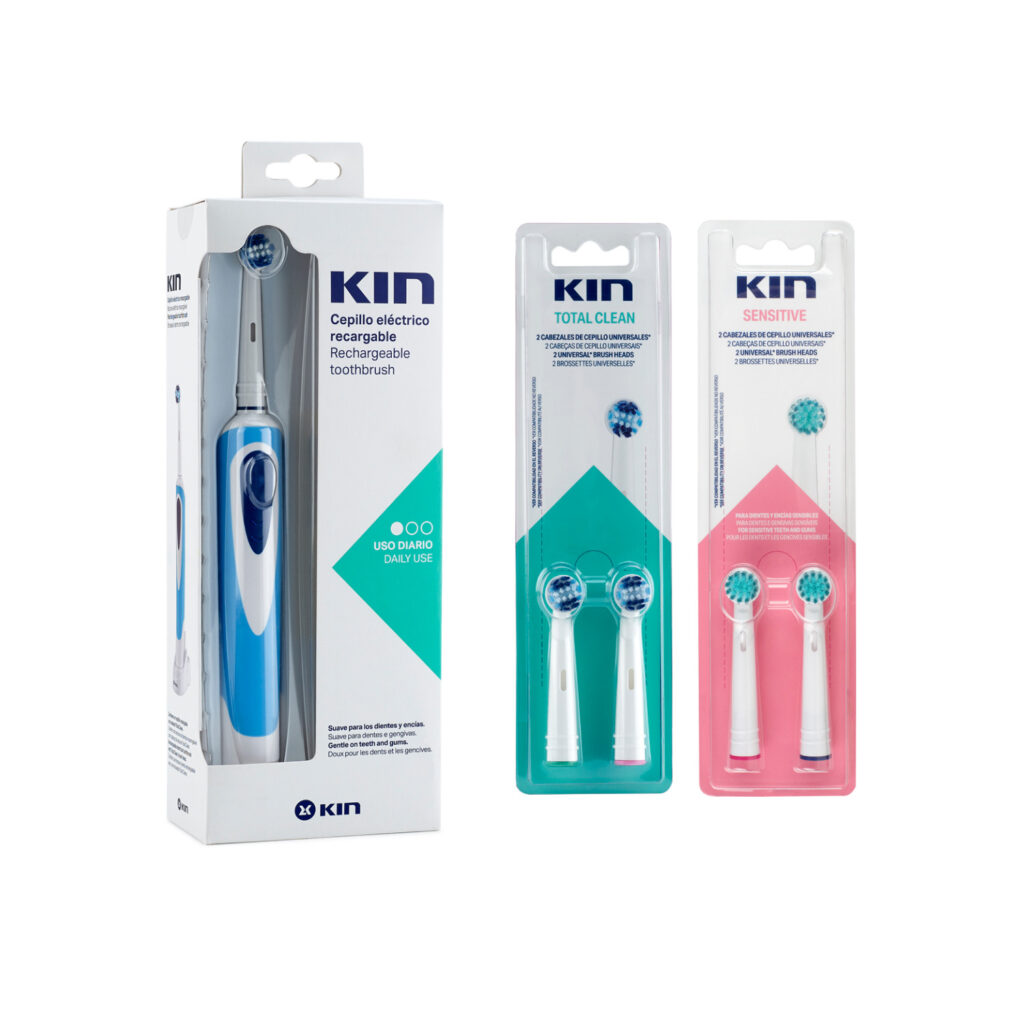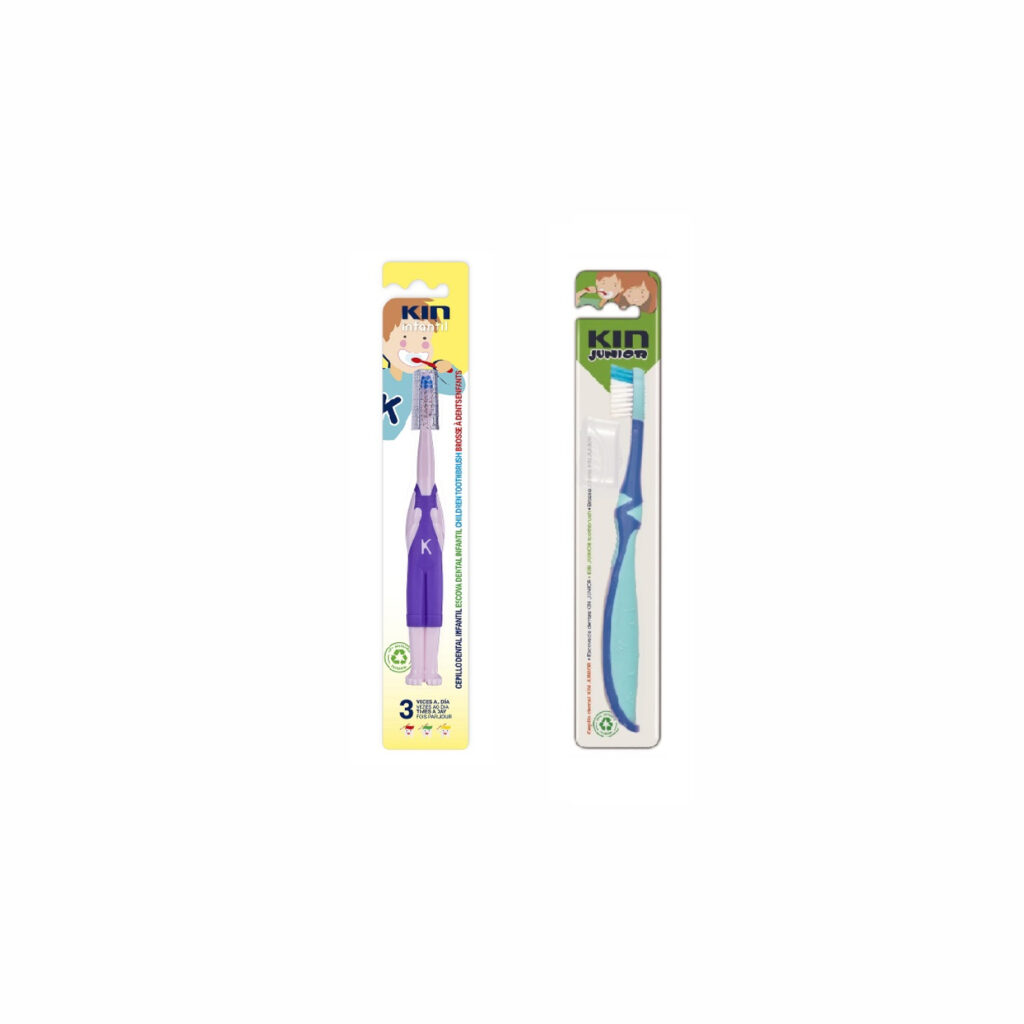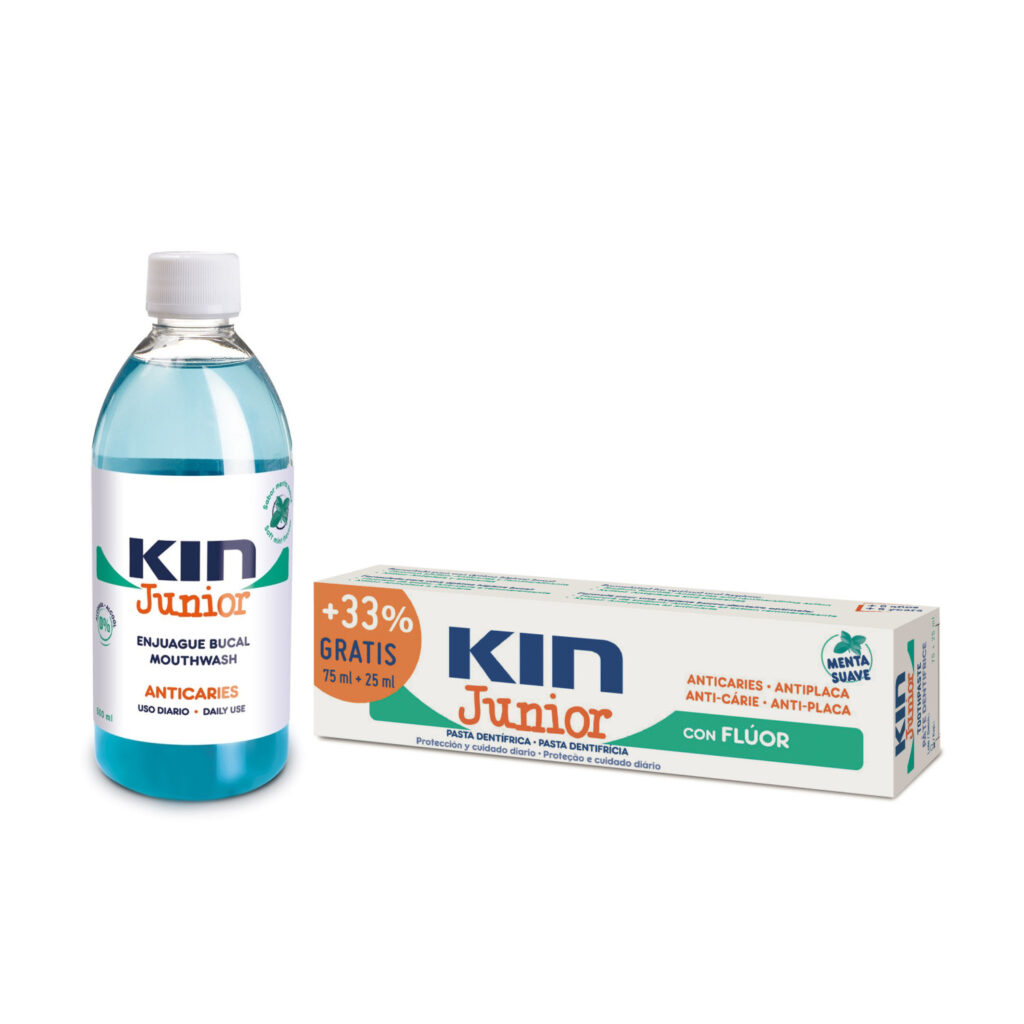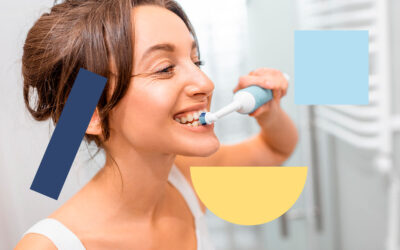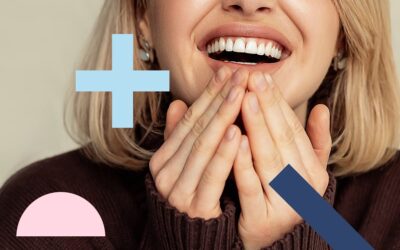A correct hygiene oral starts with the use of a toothbrush after every meal. The manual toothbrush and the electric toothbrush are two excellent alternatives for the maintenance of oral health. But, Which of the two types of brushes is more convenient?
When in doubt, the user should always seek their comfort, evaluating the advantages and disadvantages offered by these two hygienic accessories. The needs of each userrsona can be very different and thanks to the wide range of toothbrushes we can cover them properly by making the best choice.
Advantages of using electric versus manual brushes
Both the traditional toothbrush and the electric toothbrush are equally suitable for complete oral hygiene. As long as a correct brushing technique is followed, we will manage to remove food debris and tartar from teeth and gums, avoiding the formation of cavities and other dental problems.
A great advantage offered by electric toothbrushes is that those users who do not have total control of the movement of their extremities, whether children, the elderly or people with some kind of handicap, achieve a better cleaning with hardly any effort, unlike manual toothbrushes with which it is necessary to make more movements with the arms.
Due to the shape of the electric toothbrush, with a narrower and longer head, allows to reach the areas of more limited access, fighting bacterial plaque. The headas it is The smaller brush surrounds each tooth, making more effective movements that we cannot always do with the manual brush, for a deep cleaning.
Is the electric toothbrush suitable for everyone? From what age can the electric toothbrush be used?
Electric toothbrushes are so easy to use that are very practical for all kinds of people. On the market we can find brushes adapted for children and customsltos that offer better control of daily tooth cleaning.
Children can begin to use the electric toothbrush from 6 o 7 years. For the little ones in the house there are toothbrushes with heads adapted to the size of their teeth, which wills allow you to follow a complete cleaning routine such as that of the adults.
How often should I change my brush?
With daily use, the bristles of the toothbrush accumulate a large amount of dirt and bacteria that are very difficult to remove when rinsing. The brush also deteriorates over time, becoming deformed and losing effectiveness when it comes to ensuring total cleanliness.
Dentists and higienists recommend changing your toothbrush every 3 months or so. In the same way that we change the manual brush, it is necessary to change the electric brush head for a new one.
These 3 months are the maximum time limit to replace the brush. However, if we notice that the bristles are more worn than usual, or that the brush starts to open, it is advisable to change it earlier. Maintain a healthy mouth with daily care routines.
Discover our products for daily oral care

When the brush bristles is ofterioran at very short timeis usually because is used incorrectly. Ejhird a excessive pressure during brushing, you can affectsr to the integrity of the gums and teeth. Pay attention to these details to adjust the brushing, avoiding damaging your mouth by applying too much force.
Recommendations for finding tu brush
Are you not at all clear about which type of toothbrush is right for you? You have many options to choose from, including the one that is most comfortable for you.
Whether you decide to continue using manual toothbrushes or switch to a toothbrush electric, or combinar both, you should look at the type of bristles on the brush or head recommended for use you will make of it and your own needs.
Children's toothbrush
Up to 6 yearsIn addition, it is recommended that children use a manual toothbrush to learn how to care for their hygiene oral. Children's toothbrushes should be ergonomicIt has a smaller, more accessible head and rounded tips so as not to damage the enamel or gums.
KIN has a children's toothbrush for ages 2-6 to help children learn to use it on their own, and another junior brush for children between 6 and 12 years old adapted to their specific needs.
Manual toothbrush
In the adult stage, the characteristics of the toothbrush can vary, with a wide range of formats that adapt to the requirements of each user. From hard bristle brushes to bristle soft for delicate gumsSpecial brushes for take care of the gums, for orthodontics, for dental prosthesis, even interdental brushes to manually reach those less accessible corners.
In KIN there is a wide range of manual toothbrushes specifically designed to cover any need, allowing a correct dental hygiene without causing any damage. Choose yours!
Electric toothbrush
If you are looking for the comfort of the best electric toothbrush, you also have the option of adapting the heads to the needs of your mouth.
The KIN electric toothbrush is a brush with a rechargeable battery, and a timer for lead the way during the dental hygiene process. Their heads extra-small llegan donif the manual brush does not arrive, with oscillating movements that achieve a thorough cleaning of each individual tooth.
Decide for yourself if it's better to use the electric toothbrush, on manual, o you prefer to combine both of them, as long as you achieve with each one of them an adequate cleaning routine to take care of your mouth's health.
You may be interested in: How often do we need to change our toothbrush?

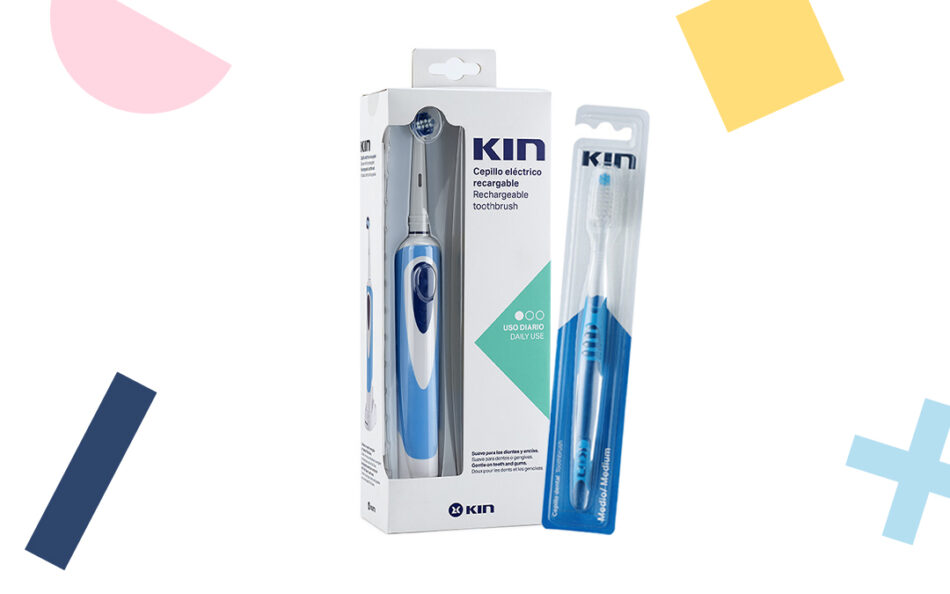
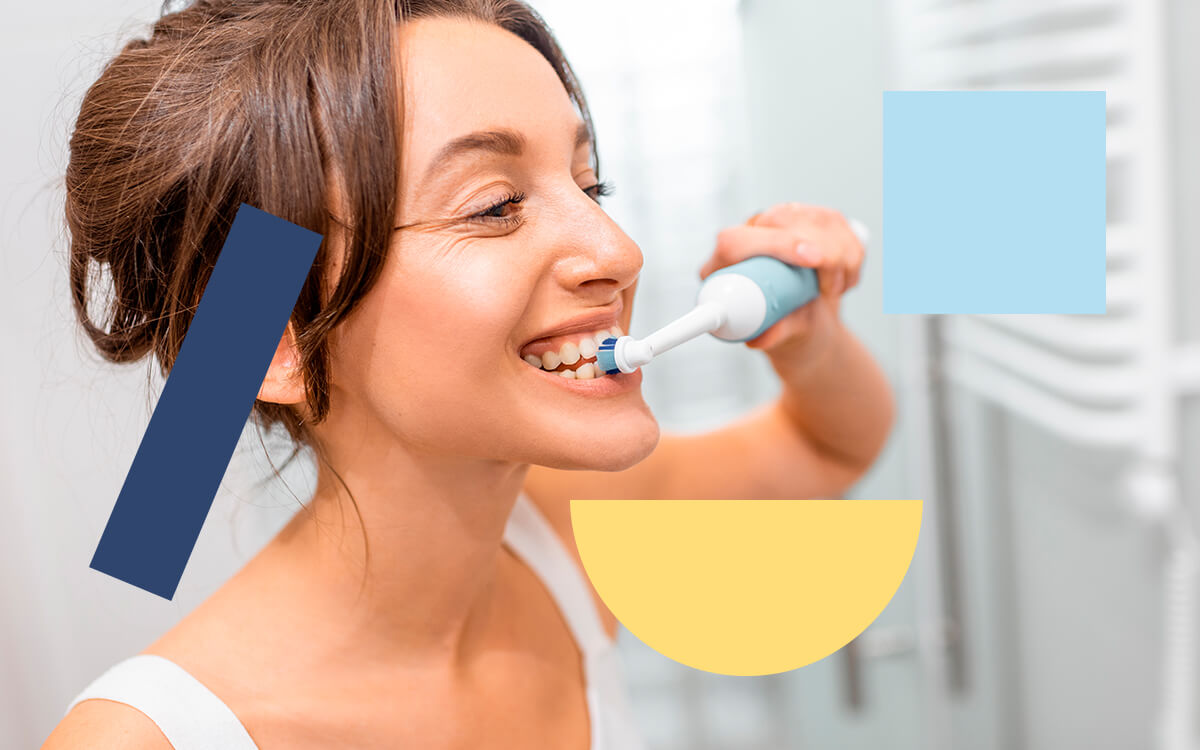 What to consider when choosing the best electric toothbrush?
What to consider when choosing the best electric toothbrush?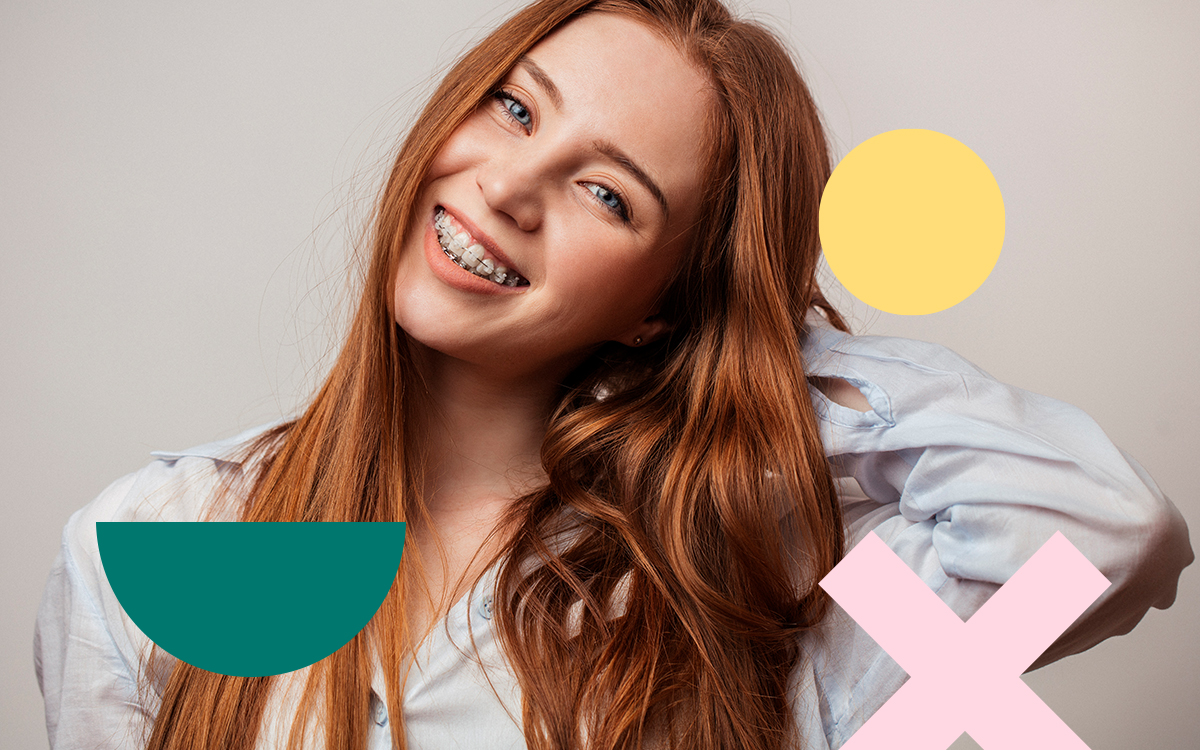 How to relieve pain with newly placed braces?
How to relieve pain with newly placed braces? How to keep your breath fresh?
How to keep your breath fresh?